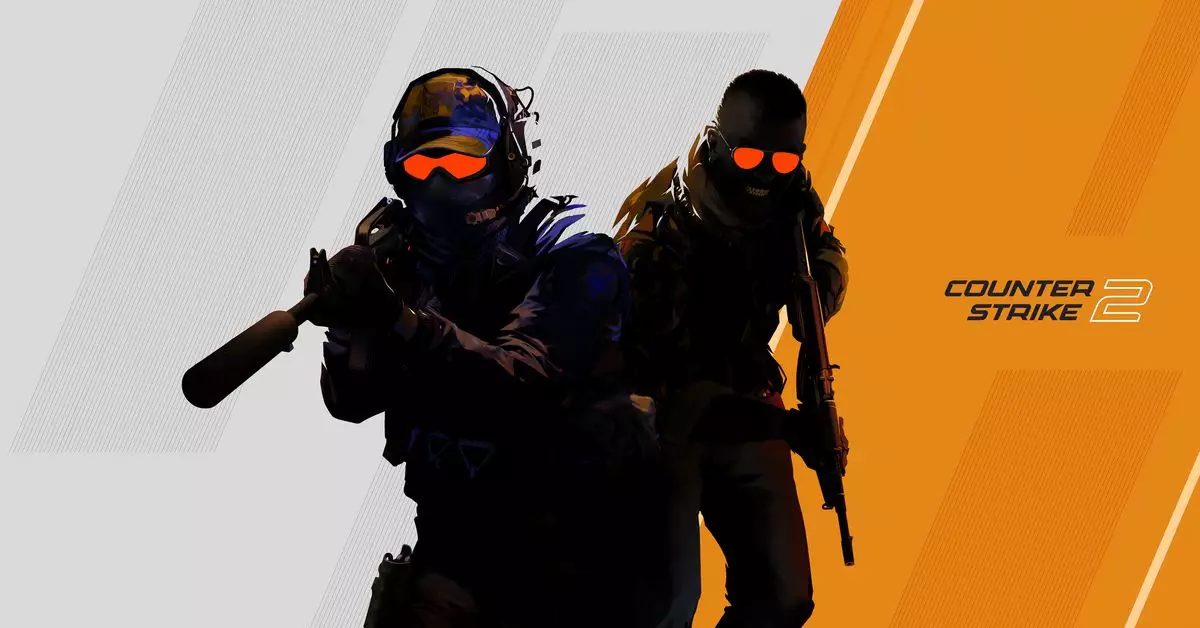Valve has recently made a bold move by banning Counter-Strike 2 players from using certain keyboard features that automate perfect counter-strafes. This decision comes in response to the introduction of the Simultaneous Opposing Cardinal Directions (SOCD) feature by keyboard manufacturers such as Razer and Wooting. According to Valve, these features blur the line between manual input and automation, undermining the core skills required to play Counter-Strike 2 effectively. As a result, players suspected of automating multiple player actions using these features may now be kicked from their match on Valve Official Servers.
The SOCD feature allows players to switch strafe directions without the need to fully release one key before pressing the other. This means that players can rapidly tap the A or D key to counter-strafe with minimal effort, giving them a competitive advantage in the game. While some professional players have called for the ban of SOCD, others argue that it levels the playing field and enhances gameplay. Both Razer and Wooting have implemented the feature on their keyboards, leading to mixed reactions within the gaming community.
Razer and Wooting have responded differently to Valve’s ban on keyboard features. While Razer introduced the Snap Tap feature on its Huntsman V3 Pro keyboards, Wooting reluctantly added a beta version of SOCD to its range of keyboards. The decision to include these features has sparked a debate on whether hardware manufacturers should prioritize fair gameplay over innovation and convenience. Wooting, in particular, expressed its support for Valve’s stance against Snap Tap, highlighting the complexity of balancing player experience and competitive integrity in esports.
As Valve continues to crack down on automation in Counter-Strike 2, the gaming community faces a pivotal moment in defining the boundaries of fair play. The ban on keyboard features raises questions about the role of hardware in shaping player behavior and the ethical implications of using technology to gain an advantage in esports. While some players welcome the enforcement of stricter rules, others worry about the impact on innovation and creativity in gaming. Ultimately, the ongoing debate over keyboard features reflects a larger conversation about the evolving nature of competitive gaming and the need for clear guidelines to ensure a level playing field for all participants.

